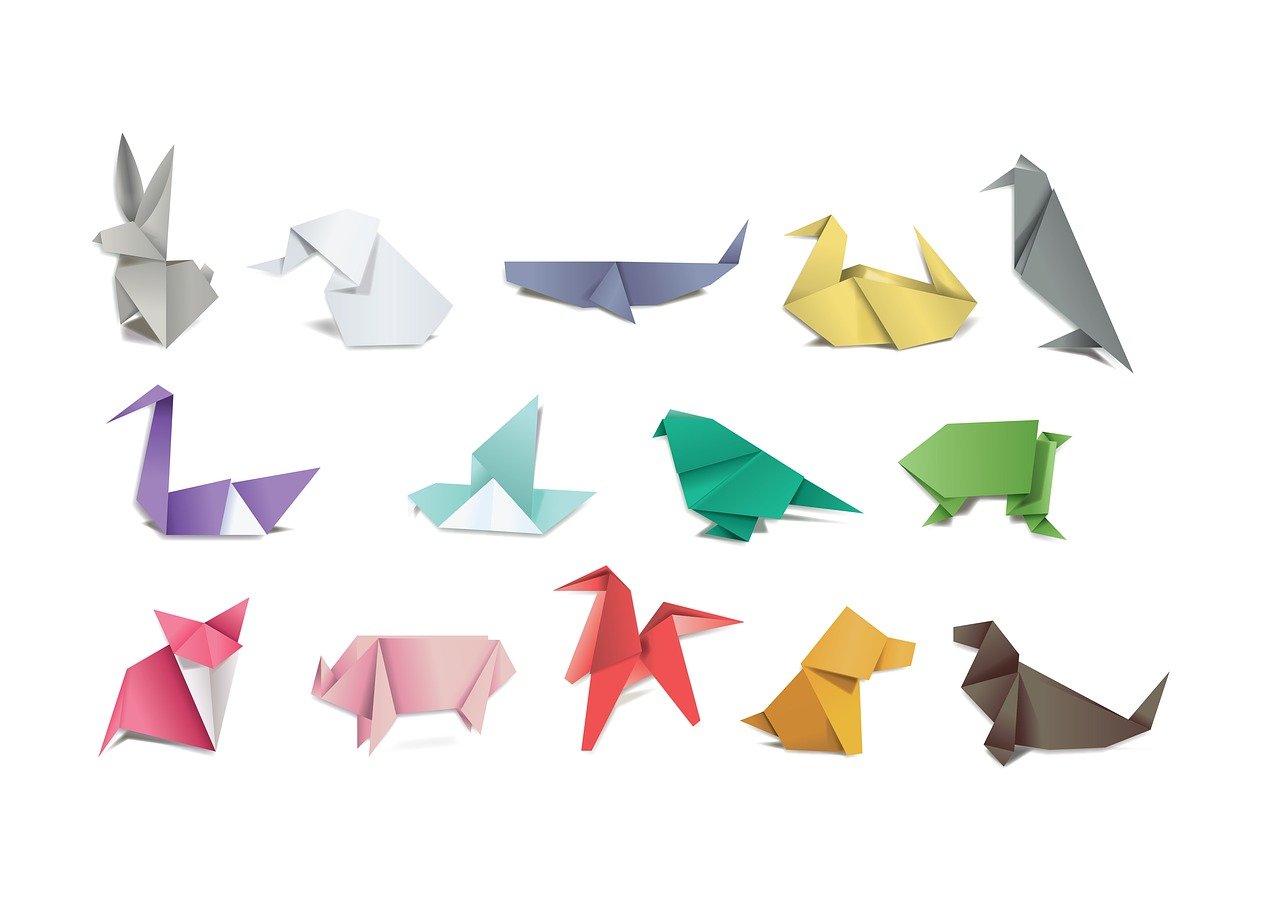Folding Your Way to Better Life: Benefits of Origami
The simple art of paper folding is revolutionizing the way of life

I was looking to pick up a new craft this year (to keep brain cells active) when I came across origami, and I was reminded of the time when we used to make paper boats especially on rainy days.
As I got to know more about this centuries old craft I was surprised to learn that its principles are now being applied to solve real world problems in various fields like design, engineering and astronomy.. Go figure!
What is Origami
Origami is a Japanese term composed of two characters: The verb "ori" means to fold, and the noun "kami" means paper. So Origami translates to folding paper.
The origin of this ancient artform is not clear and the earliest documented evidence is from reportedly from a 1680 poem. One of the earliest known paper-folding instruction books was Akisato Rito’s Sembazuru orikata (1797), and it showed how to fold linked cranes cut and folded from a square of paper.
Benefits of Origami
When paper was expensive, the art of paper-folding was primarily used for creating decorations for religious ceremonies and other special occasions. But that changed as paper became more accessible and artists like Akira Yoshizawa started creating stunning sculptures using paper.
In the last few decades, Origami principles are being explored in various industries to solve real-world problems especially those that require shape transformation like airbag designs.
Origami As Educational Tool
German educator Friedrich Froebel (1782–1852), inventor of the kindergarten, was an avid proponent of paper folding and its educational benefits. In Japan, Origami is included in the curriculum for children to help them develop spatial skills and concentration. Like any craft that requires using both hands, Origami helps with hand-eye coordination and dexterity. It has also been shown to help kids with mathematical skills.
Origami For Mindfulness
Origami requires you to be aware of what is happening in the moment and focus on the folds. And with practice, origami can become a form of a focused attention meditation which helps to stabilize the mind and promote calmness.
Origami In Other Industries
Space
By applying Origami principles to other materials a team of researchers collaborated with NASA to design a solar array that can be tightly compacted for launch and then deployed in space to generate power for space stations or satellites.
Medicine
Scientists are using the "deterministic shape change" principles from Origami to create medical devices.
Engineering professor at Oxford University used origami principles to create a collapsible hear stent for easy insertion and then expansion once inside the aorta. Further research is being done to create tiny devices that can be used for minimal invasive surgeries.
Security
BYU mechanical engineers have used origami folding principles to create a lightweight bulletproof shield that can be folded into compact shape for easier transportation and can be quickly expanded to stop bullets from powerful handguns.
And scientists and engineers continue to explore the applications of these ancient principles to create all sorts of new structures like collapsible packaging, furniture and airbags for cars.
Final Thoughts
Origami is a low-cost and accessible craft that can be practiced by anyone regardless of age and abilities for overall wellbeing and to experience the pleasure of creating beautiful 3D structure from flat piece of paper.